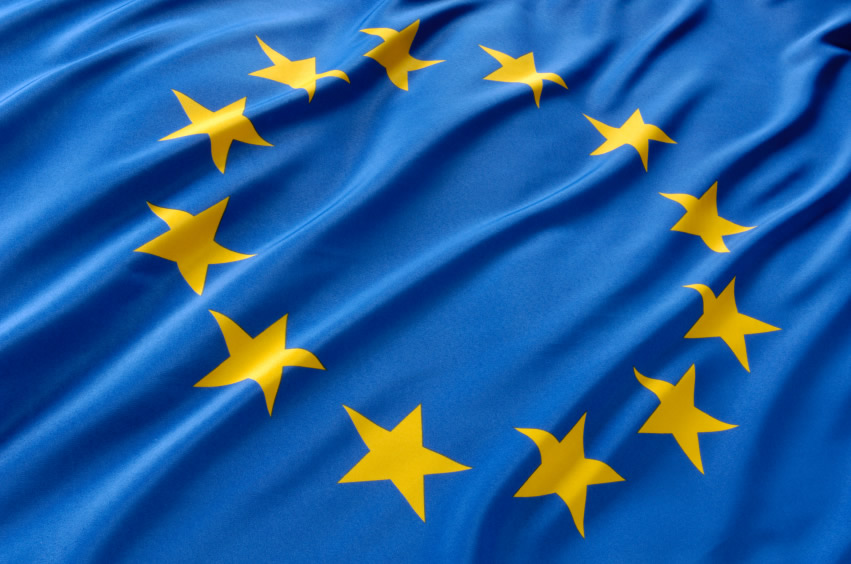Could “in-house” devices be a sustainable alternative for healthcare facilities?
Recital 30 of the new Regulation provides the possibility for healthcare facilities to “manufacture, modify and use devices in-house and thereby address, on a non-industrial scale, the specific needs of target patient groups which cannot be met at the appropriate level of performance by an equivalent device available on the market”.
The European legislator has provided the possibility for healthcare facilities to manufacture MD – called “in-house” devices – which are solely manufactured “in-house” in order to fulfill a therapeutic need of a group of patients.
Healthcare facilities could argue that, by using a printer only installed in their premises, the manufacture of a 3D MD meet a specific need of an identified group of patients, enabling the device to be considered as an “in-house” MD.
Such qualification would allow them to access to a less constraining framework of market authorization. Indeed, Article 5 of the new Regulation provides that, subject to the respect of mandatory declarations and simple documentation and “with the exception of the relevant general safety and performance requirements set out in Annex I, the requirements of this Regulation shall not apply to devices, manufactured and used only within health institutions established in the Union”.
If healthcare facilities pretend that 3D printed MD can be considered as “in-house” MD, they could benefit from a legal framework that would also be more favorable than the one for which industrial firms would have to comply with, whereas, in both cases the MD would meet the same therapeutic need. Such a qualification seems questionable.
The European legislator allows the manufacture and use of “in-house” device only in the absence of appropriate equivalent MD available on the market. Thus, there can be no competition between healthcare facilities manufacturing “in-house” device and industrial manufacturers.
In any case, if the regulatory framework related to custom-made devices and the one applicable to in-house devices appear to be more flexible, they are not exempt of any obligation. The healthcare facility will have to comply with the legal framework related to its new status of “manufacturer”.
Healthcare facility: a new entity which will be subject to the obligations related to the status of “manufacturer”
Any “natural or legal person who manufactures or fully refurbishes a device or has a device designed, manufactured or fully refurbished, and markets that device under its name or trademark” is qualified as manufacturer (Article 2 of the Regulation).
Therefore, the legal or natural person that prints medical devices, including healthcare facilities, should be considered as such.
Healthcare facilities will be required to comply with obligations related to the status of “manufacturer” and will hold the same liability.
Concerning the manufacturing of custom-made MD, manufacturers will have to gather technical documentation set out in Annex XIII including in particular “the name of the person that established the prescription” and the “specific characteristics of the product” (Article 10 of the Regulation).
This documentation shall be made available to the relevant health authorities and updated on a regular basis. Therefore, manufacturers’ healthcare facilities must implement processes to update this documentation for each new patient, indicating especially the name of the prescriber and the specific characteristics of the custom-made MD that will be printed.
Similarly, concerning the manufacturing of “in-house” MD, manufacturers will have to comply with the general safety and performance requirements which involve in particular drawing up documentation and maintaining a quality management system (Article 5 and Annex I of the Regulation).
The regulatory status of “manufacturer” could imply significant administrative and regulatory constraints, particularly if the manufacture of MD involves the use of nanoparticles, which leads to compliance with the most stringent procedures regarding the conformity assessment procedures of the device (Recital 15 of the Regulation).
While the purpose of the new Regulation was to modernize the current legislation and – to quote Mr. Christopher Fearne, Chairman of the EU Council – to allow “more innovative and safer devices on the market” – we can only regret that the European legislator has not provided 3D printing with a specific legal status.
It will be interesting to follow the interpretation of the provisions of this new Regulation by the health authorities and the relevant jurisdictions, and more especially as it will necessarily have an impact on the market of medical devices and hospital practices.







